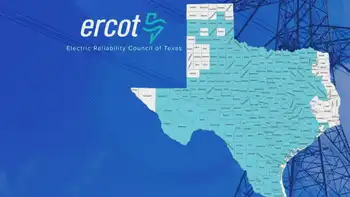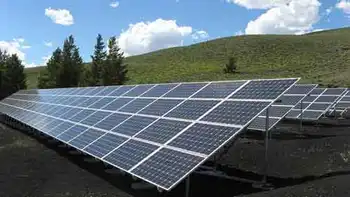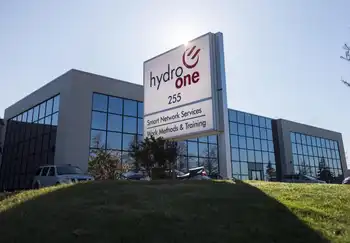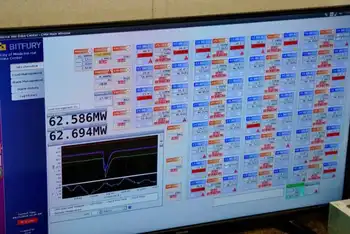NLB calls for an end to artificial lighting
SILVER SPRING, MARYLAND - The National Lighting Bureau – an independent, not-for-profit lighting-information service – has called for the end of artificial lighting.
“This is not the first time we’ve attempted to eliminate ‘artificial lighting’,” says Bureau Executive Director John Bachner. “But no matter what we do, we see it every day.”
He’s not talking about the illumination systems that make contemporary living possible – think how little would get done well or at all without lighting – but rather the term “artificial lighting”.
“‘Artificial lighting’ is a misnomer it makes no sense,” Bachner said. “Artificial things aren’t real. Artificial leather is not leather. It may look like leather, it may feel like leather, it might even smell like leather, but it’s not leather. And the same could be said about artificial glass, artificial wood, and even artificial foods, like artificial crab and artificial cheese. They may be real something, but they’re fake whatever it is they’re trying to appear or taste or smell to be. That’s not the case with lighting.”
Bachner should know whereof he speaks. A National Lighting Bureau staff executive since 1976, he is a Harvard English major who has been published extensively on a variety of subjects, including proper use of the English language.
“The light we get from electric illumination systems is real light,” Bachner said. “There’s nothing artificial about it.” He suggested that the term “artificial” was applied to distinguish electric and other types of man-made lighting from “natural lighting.”
“‘Natural lighting’ is also referred to as ‘daylighting’,” Bachner said, “but not all natural lighting is ‘daylighting’, or – more appropriately – sunlight. The light we get from the moon is natural, as is the light we get from the stars and even swamp gas and lightning. Man-made lighting is predominantly electric, of course, but gas lighting is still used in places, as are torches made from tree limbs and kerosene-soaked rags, at least in the movies.”
“John has a chip on his shoulder about this issue,” said Bureau President Howard Lewis Lighting Alternatives, Inc.. “He believes – as do I – that man-made lighting systems are underappreciated, as are the people who create and deploy them. He also gets upset by the term ‘light pollution’, when it’s applied to designate the ‘light trespass’ or ‘sky glow’ that occurs as a consequence of inadequately designed outdoor lighting systems. ‘Water pollution’ doesn't refer to the way in which water pollutes anything ‘air pollution’ doesn't refer to the way that air pollutes something, even though water and air can at times be pollutants. ‘Light pollution’ does not suggest that light is being polluted by something. People take it to mean that somehow light – but only man-made light – is a pollutant, something generally considered to be a ‘harmful product’.
“Properly applied, man-made light is not harmful in fact, just the opposite is true. Imagine our streets and highways without lighting at night. Imagine walkways and shopping centers and museum grounds without lighting at night. Lighting becomes a problem only when the system that provides it is inadequately designed and so fails to perform as it could and should. John is far from the being the only member of the lighting community who feels offended when casual language seems to put man-made lighting into the same category as toxic chemicals. Ineffective lighting system design is not lighting’s fault.” “What we’re really dealing with here is language pollution,” Bachner said. “In essence, our language is being adulterated because those who should know better allow slipshod usages to persist unchallenged. Man-made lighting systems are essential to our safety, security, productivity, and prosperity. They allow us to see well under conditions where we otherwise couldn’t see at all. In fact, when properly designed, man-made lighting generates a better return on investment than any other energized system. All of us in the lighting community need to make more people aware of these important facts.”
The National Lighting Bureau maintains a searchable list of lighting-system designers at its website www.nlb.org, along with guidance on how to identify designers with the background and experience required for any given project. The service is free to both lighting-system designers and those who need their services.
Related News
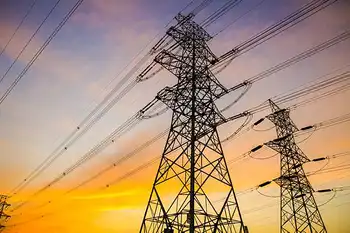
Electricity sales in the U.S. actually dropped over the past 7 years
NEW YORK - Since 2010, the United States has grown by 17 million people, and the gross domestic product (GDP) has increased by $3.6 trillion. Yet in that same time span, electricity sales in the United States actually declined by 3%, according to data released by the U.S. Department of Energy (DOE).
The U.S. decline in electricity sales is remarkable given that the U.S. population increased by 5.8% in that same time span. This means that per capita electricity use fell even more than that; indeed, the Department of Energy pegs residential electricity sales per capita as having declined by 7%.
There…
